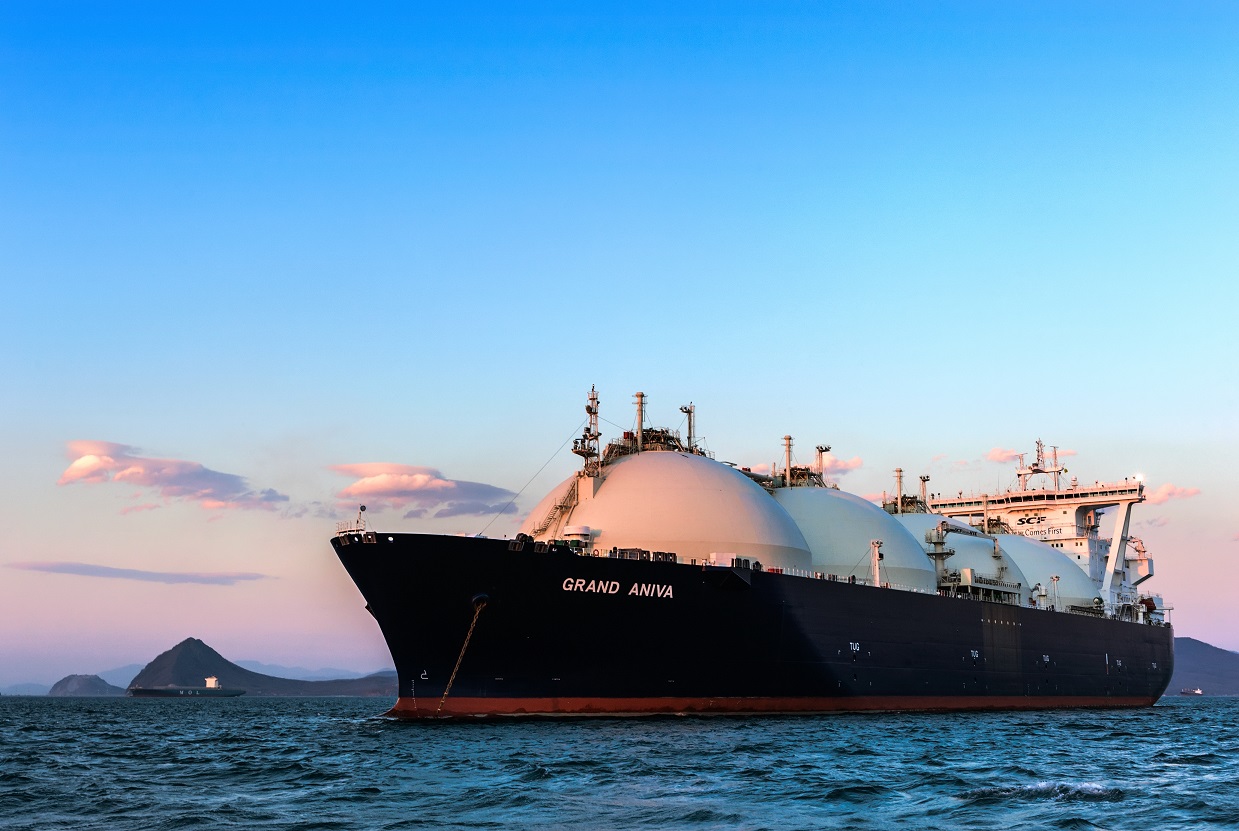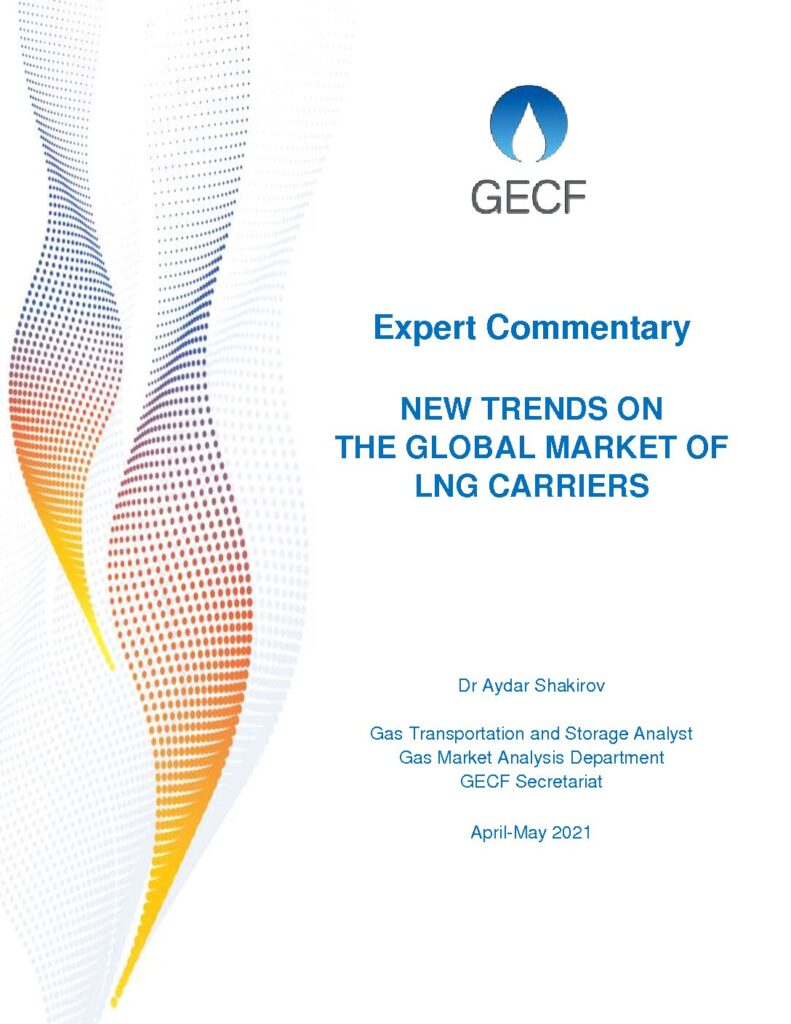
New trends on the global market of LNG carriers
The Covid-19 pandemic has brought new challenges for the global gas industry, with the LNG shipping market not being an exception. Because of the Covid-19 pandemic, the market witnessed a reduction in the global gas demand in 2020, which resulted in a slowdown of the global LNG trade and lower-than-expected demand for LNG carriers.
These developments, coupled with the commissioning of a large number of new carriers, led to the oversupply of LNG carriers in the shipping market. However, a recovery of LNG demand in early 2021 has raised a question: where is the LNG shipping market drifting, and whether in the short- and medium-term there will be enough LNG carriers on the market to transport liquefied natural gas.
The last three years witnessed the record commissioning of LNG carriers, with 134 LNG carriers coming on line. As a result, at the beginning of 2021, there were over 600 LNG carriers operating in the global market
In the short- and medium-term, the global LNG shipping market is anticipated to be balanced due to the upcoming commissioning of new LNG carriers. At least 142 LNG carriers, ordered recently, are expected to come on line between 2021 and 2025. Out of the total number, 46 LNG carriers are to be commissioned in 2021 followed by 38 carriers in 2022. South Korean shipbuilders account for the majority of LNG carriers on the order book. Hyundai, Samsung and Daewoo are going to build 110 carriers, while the Russian firm Zvezda has orders for 15 carriers and China’s Hudong for 11 carriers.
Release by: Gas Exporting Countries Forum




